A Conversation with Magnus Elebäck on Sustainability and The Industry
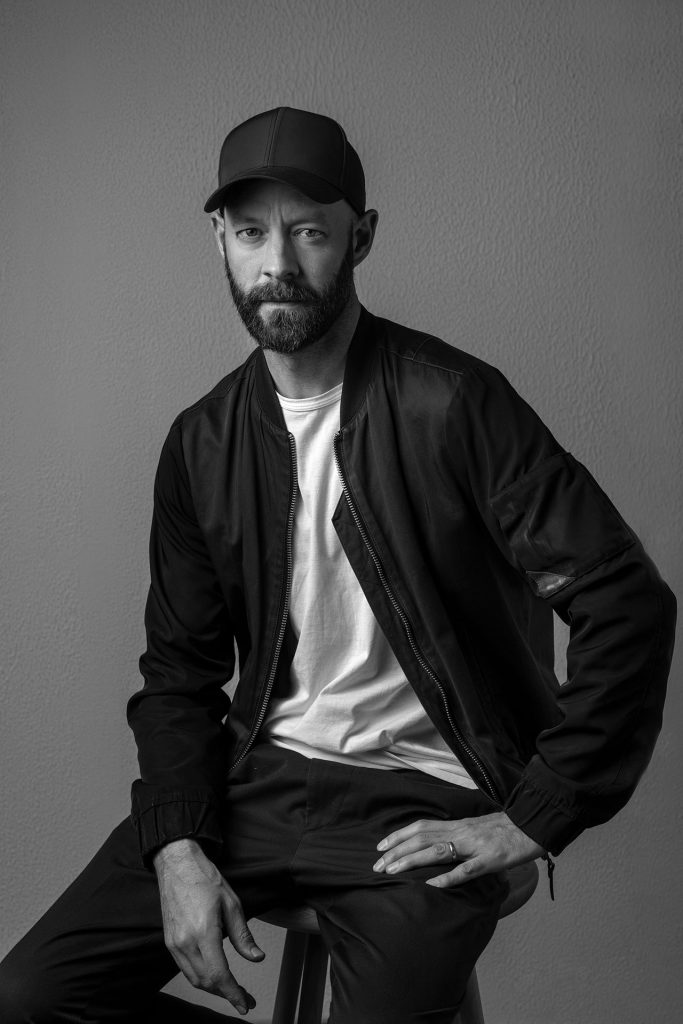
Dive into the mind of Massproductions CEO Magnus Elebäck as he shares insights into the company’s efforts to reduce its carbon footprint. Read about how Massproductions is navigating the complexities of environmental responsibility while maintaining a focus on quality and cost-efficiency.
Dive into the mind of Massproductions CEO Magnus Elebäck as he shares insights into the company’s efforts to reduce its carbon footprint. Read about how Massproductions is navigating the complexities of environmental responsibility while maintaining a focus on quality and cost-efficiency.
Why did Massproductions start with CO2-eqv calculations?
Fast fashion and fast furniture will always be the main problem for our industry. The main reason to start Massproductions was to counter this type of thinking. Running the risk of stating the obvious, but every product leaves a footprint. The longer you keep and cherish that product, the smaller that footprint gets.
We’ve always known that our production was being carried out in clean factories with good conditions for everyone involved in the making of our furniture. Still we felt a need to A. Quantify our footprint and to have data to see where improvements could be done and B. Challenge our colleagues in the industry to be transparent with their emissions so that price wouldn’t be the only factor.
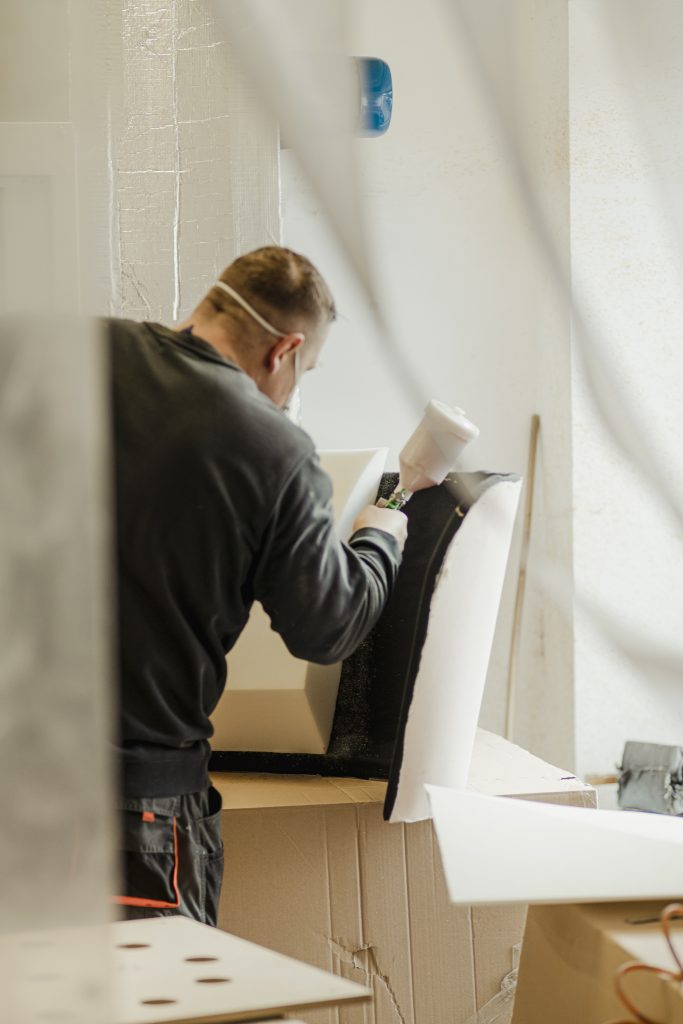
Why did you choose to collaborate with Målbar?
To be able to improve the Massproductions overall sustainability work and to be able to help our customers to make an educated choice when it comes to products and their environmental impact, we needed to get a baseline for all of our products. This is when we decided to start to make CO2-eqv calculations for our products. If you don’t know where to start, you don´t know how to make an improvement.
We chose the Målbar tool since it’s easy to understand, both for us working with it and for our customers, and it’s also well known and used by our colleagues in the business. Since the tool is built for the furniture industry, it also knows the complexity of this type of production.
One other important reason to use the Målbar tool, which some other tools doesn’t do, is that it takes the whole life-cycle into consideration. Since we don´t know the end-destination for the product sometimes, the system is set up to calculate the worst-case scenario in those cases for transportation for example. However, as a company we have decided to always calculate the upholstered products excluding the fabrics.
In our calculation we always assume that our customer is within the EU, if nothing else is required for a special project.
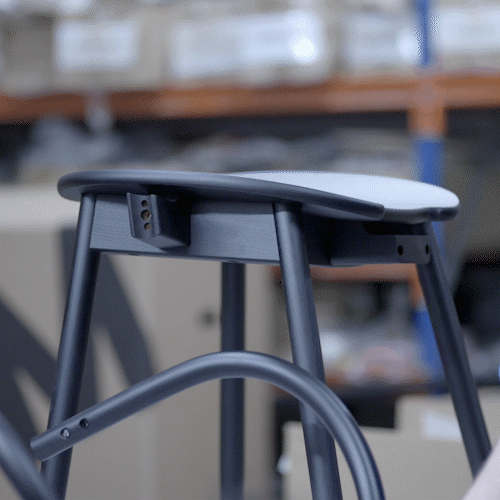
What methods do you use to gather data to calculate the carbon footprint for Massproductions’ products?
We maintain close communication with all our suppliers to gather the necessary data. It’s essential for us to know the materials used in each product and their respective weights (e.g., 1.25 kg of metal and 0.34 kg of solid oak). Additionally, we prioritize understanding the origins of these materials, including where each part/detail is produced and the original source of the materials
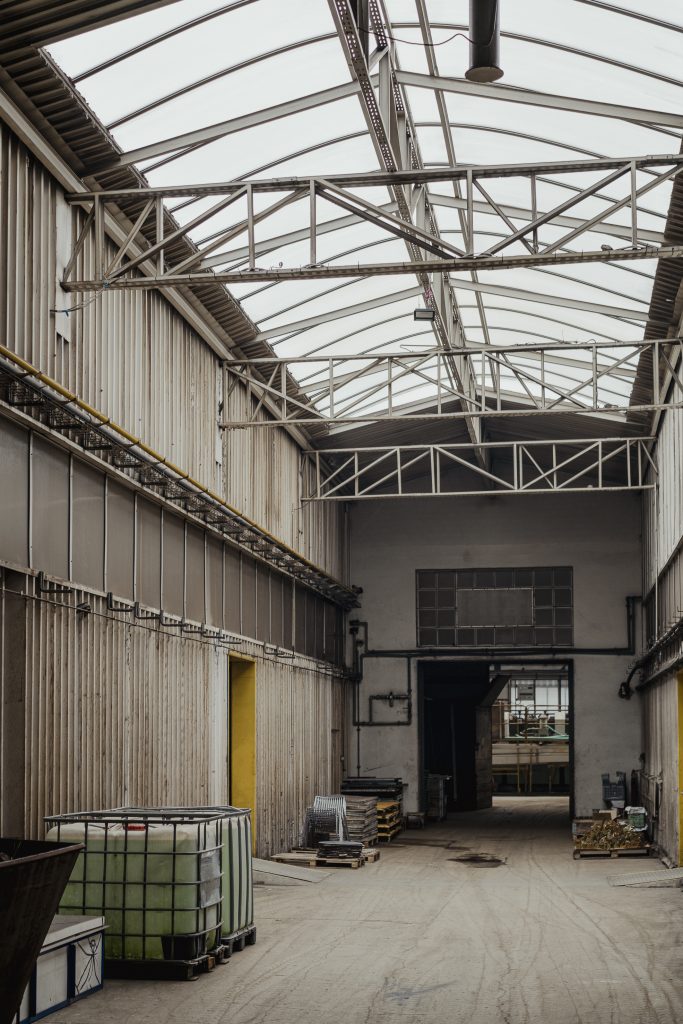
“Based on the results of the calculations, we have taken several actions to address areas of concern to reduce Massproductions carbon footprint.”
Is this the most common method in the industry for calculating carbon footprints?
There are a lot of tools being used, but Målbar is a well-known tool for the furniture industry, especially in Denmark and the UK.
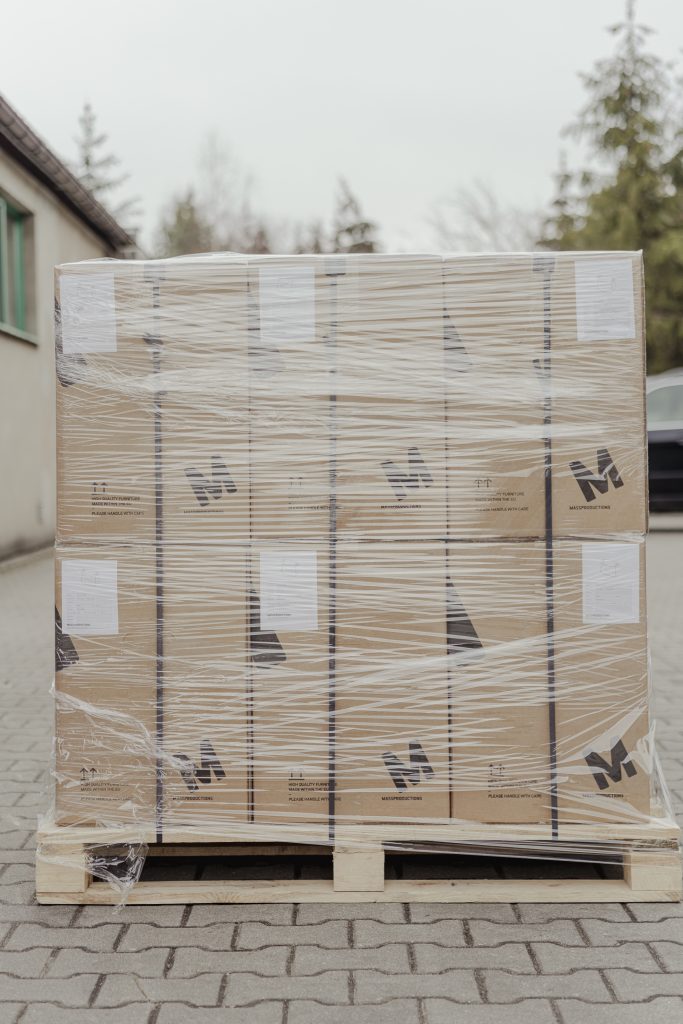
So companies have different ways to measure the same thing?
Different companies have varying approaches to measuring carbon footprints due to several factors. Firstly, the calculations involved in determining CO2-eqv emissions and other Life Cycle Assessment (LCA) metrics are intricate and abstract. Traditionally, companies relied on consultants to perform these calculations, but this approach often led to issues such as limitations and subjective interpretations.
Moreover, there is a general lack of understanding among the public regarding the significance of these measurements. If one product receives a higher carbon footprint score than another, it can be challenging for companies or sales representatives to explain the reasons behind the disparity. This lack of clarity may contribute to companies’ reluctance to engage in these calculations.
However, we are witnessing a societal shift where consumers and customers are increasingly demanding access to this type of data. This growing demand may eventually lead to greater transparency and cooperation among companies regarding environmental impact assessments. As awareness increases and collaborative efforts become more common, it is likely that companies will become more open to sharing and collaborating on these crucial sustainability topics.
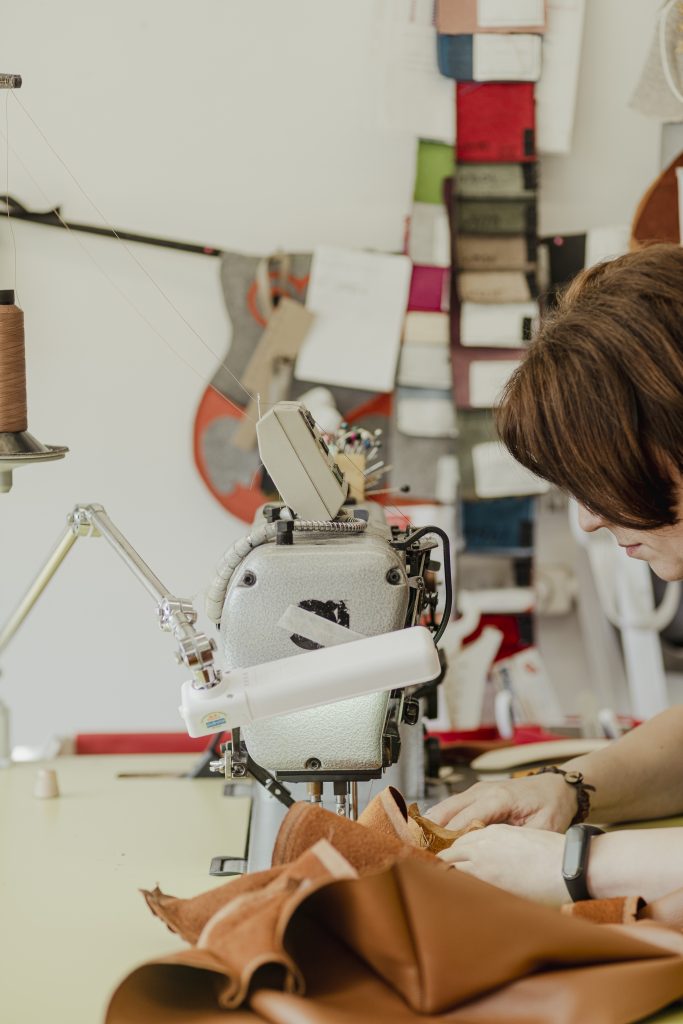
What have you learned throughout the process?
We’ve learned that the energy mix of a certain region plays a significant role. And even if the ambition is there, it can be really hard for the individual factory to do something about it. We’ve become better in sourcing our production based on this data.
Are there any challenges or limitations you encounter when collecting data for the carbon footprint calculations?
Sometimes we encounter very complex supply chains, especially for small metal parts and fittings. It can also be complicated to get an exact number of the amount of recycled material in the metal used since the steel companies usually only have that as an average number for their production.
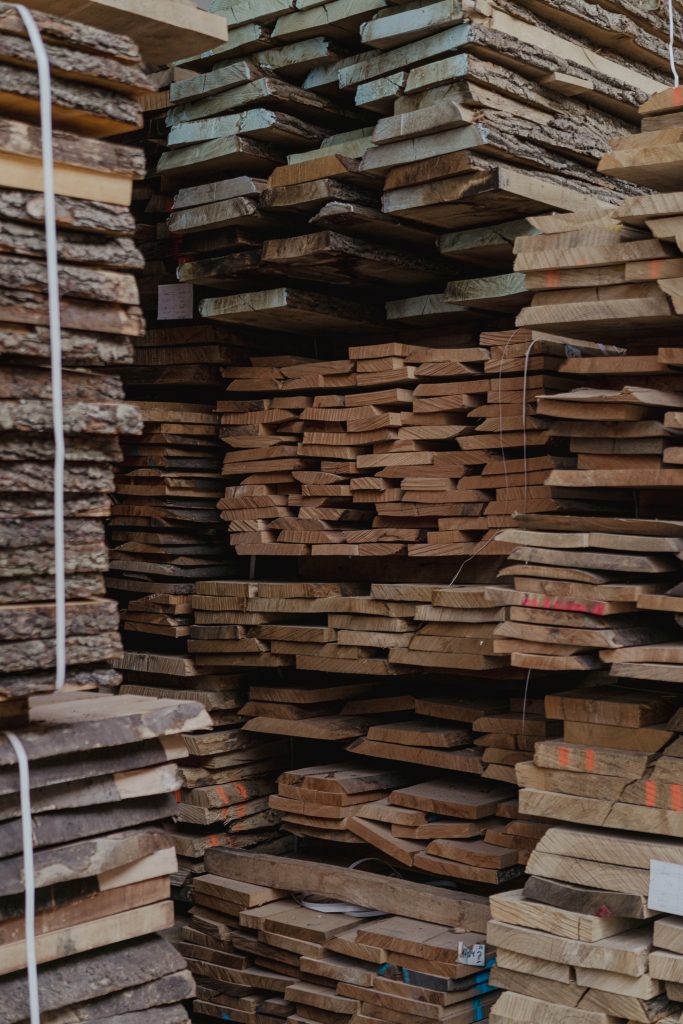
How does Massproductions engage with suppliers and partners to encourage them to reduce their own carbon footprints?
By starting the dialogue and encouraging suppliers to deliver this data brings these topics higher up on the agenda. There is a genuine ambition to improve in this field.
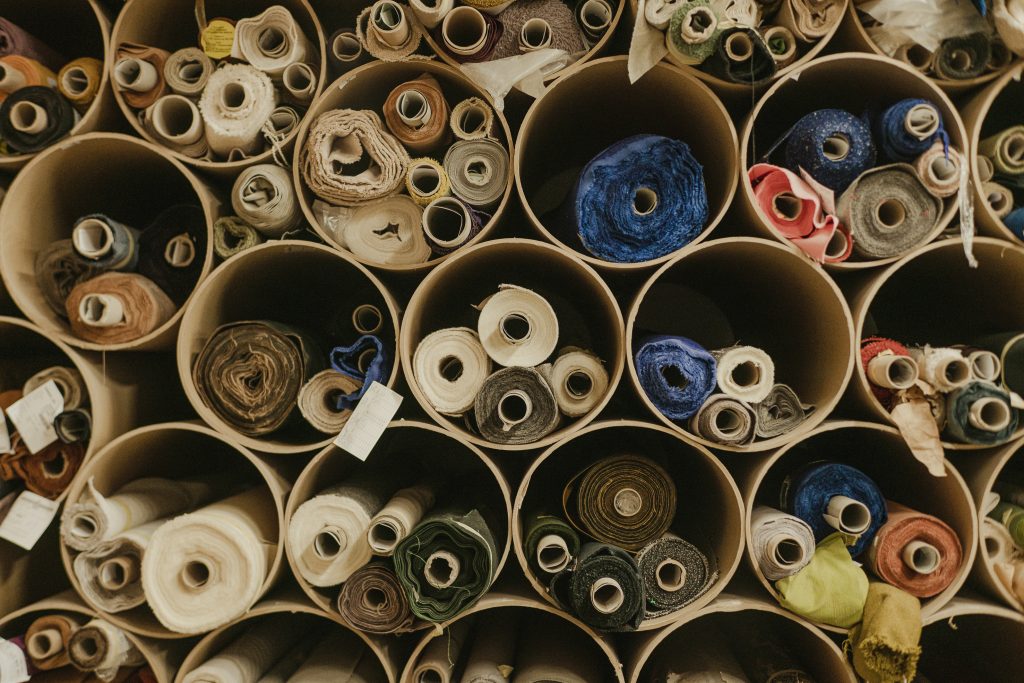
How frequently do reassess the calculations?
Each product is updated at least once a year, since there might be a change in the average data used in the system for the materials used. We also update the calculations if there is a change in the construction or if we shift supplier.
“One other important reason to use the Målbar tool, which some other tools doesn’t do, is that it takes the whole life-cycle into consideration.”
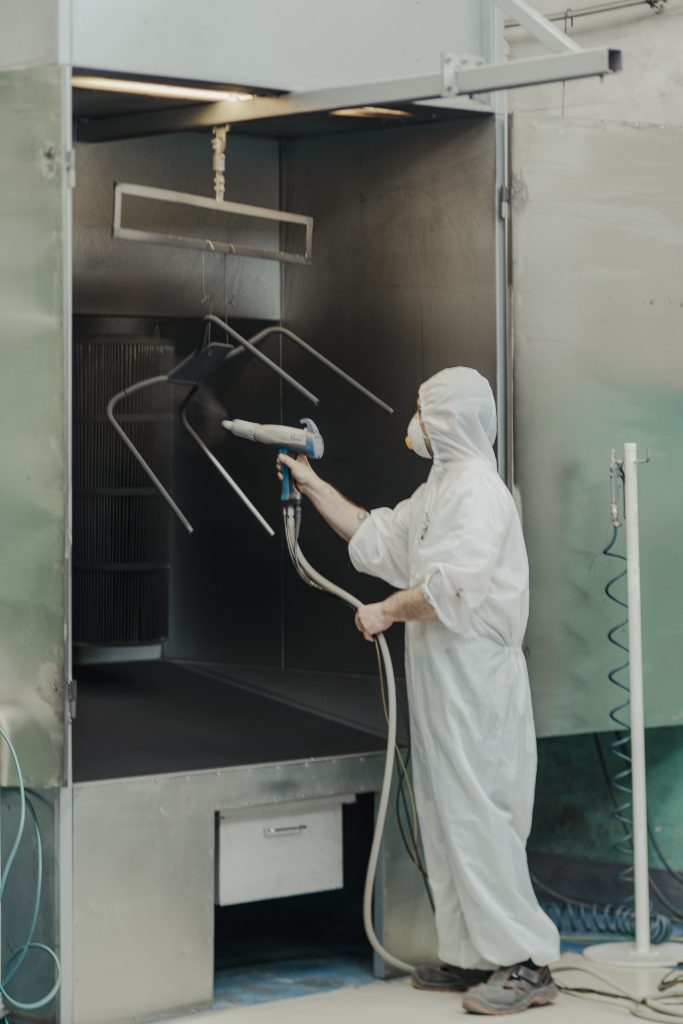
What factors are included in the calculations of the carbon footprint?
The Målbar tool utilizes a PEF (Product Environmental Footprint)-based life-cycle analysis. The PEF method, endorsed by the European Commission, imposes stricter guidelines to minimize individual interpretations and subjective evaluations during the life cycle analysis process. It establishes rules for allocating emissions across various stakeholders in the supply chain, such as between the producer of recycled materials and the user of those materials. Additionally, PEF incorporates average data regarding both the usage and disposal phases of a product. This addition of standard information makes it easier to get and understand data that would otherwise be hard or even impossible to obtain.
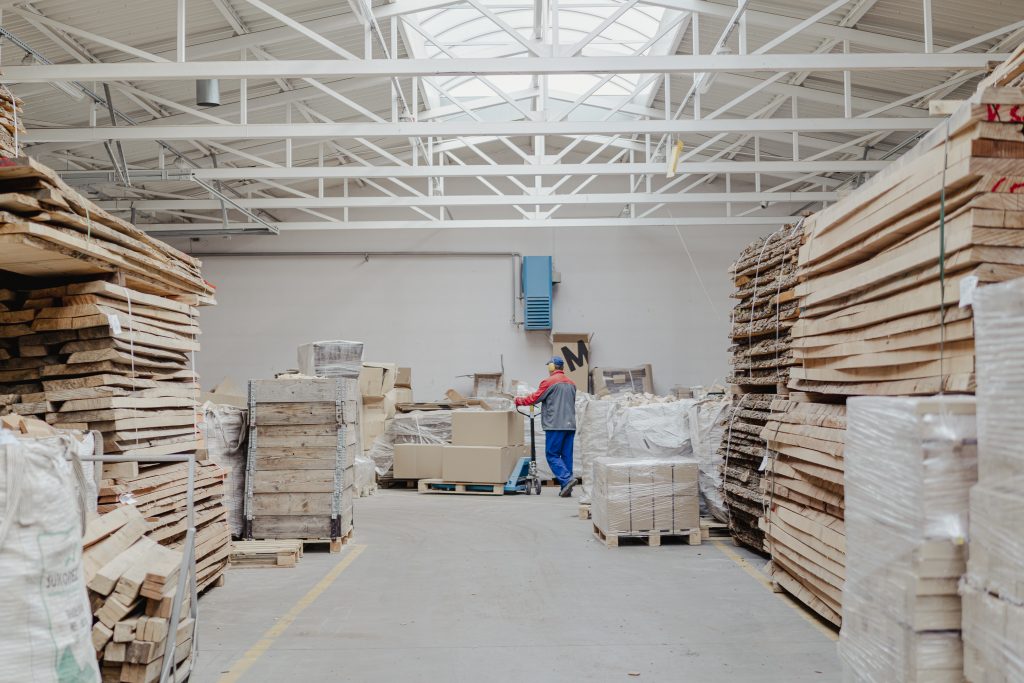
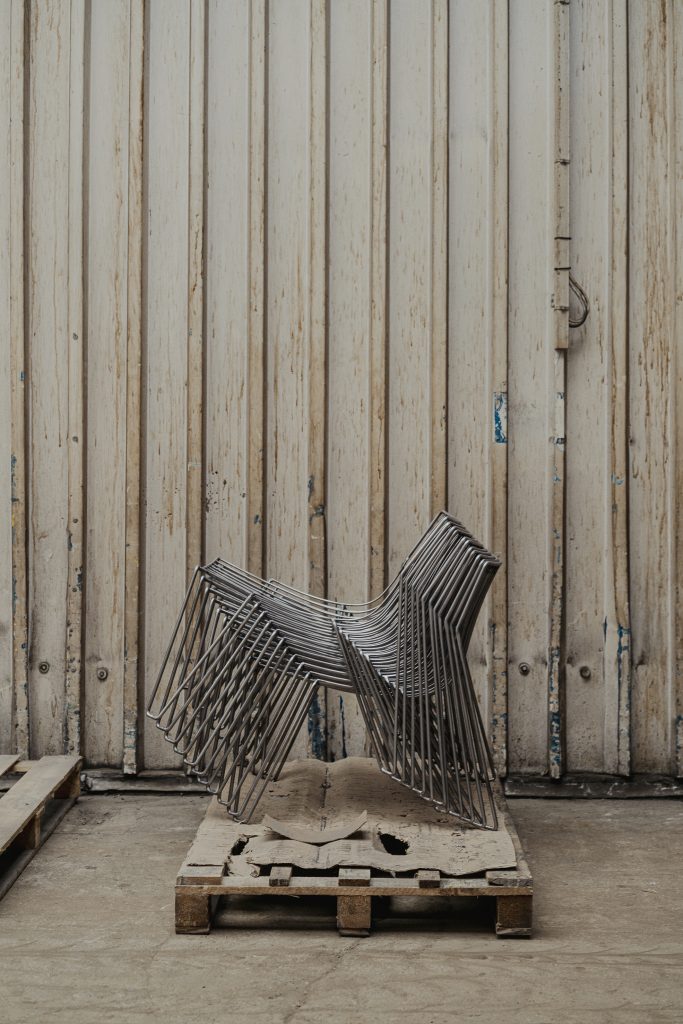
How accurate are the results of your calculations?
Since the system is a PEF-based LCA (Life Cycle Analysis) and therefore uses average data for some materials and in some life-stages, there are of course a risk that the data is not 100% accurate. However, by ensuring a good control in the supply chain, and using materials that can be traced several steps down in the supply chain, the accuracy increases.
One benefit of the Målbar tool, and the way that we communicate it, is that we get a number for the estimated CO2-eqv emissions for that product, but we also get a range for worst-case to best-case scenario. These scenarios are based on some information being missed, such as the origin of the metal in the screws, and therefore the more information we have and the more detailed we can be the smaller the gap between best-case and worst-case will be, and the more accurate the calculations will be.
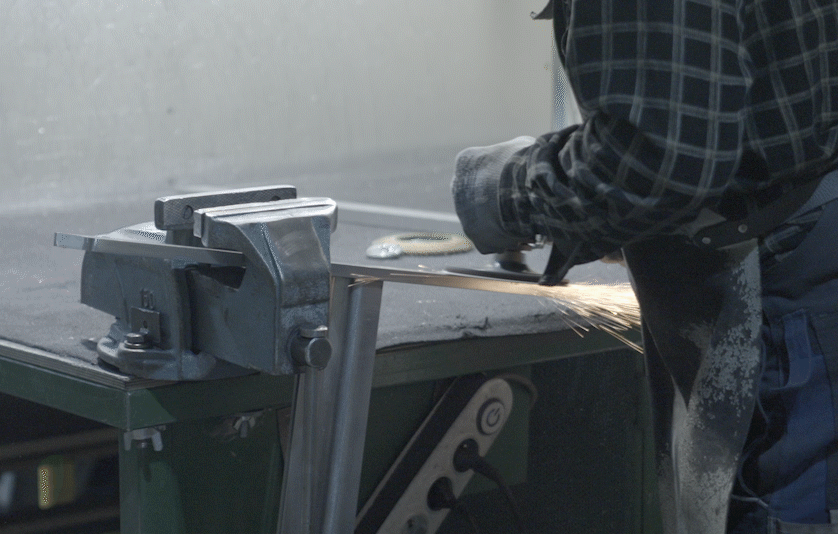
How do you ensure transparency and credibility in the carbon footprint reporting process?
This is very difficult, but we only work with suppliers that we have a close relationship with and that we trust. However, if there’s any uncertainty or doubt regarding the accuracy of data, we adopt a cautious approach. For instance, if we’re unsure about the origin of wood used in our products, we input the data into the tool assuming the worst-case scenario, such as EU-max for the country of origin. This helps maintain integrity and accuracy in our carbon footprint reporting.
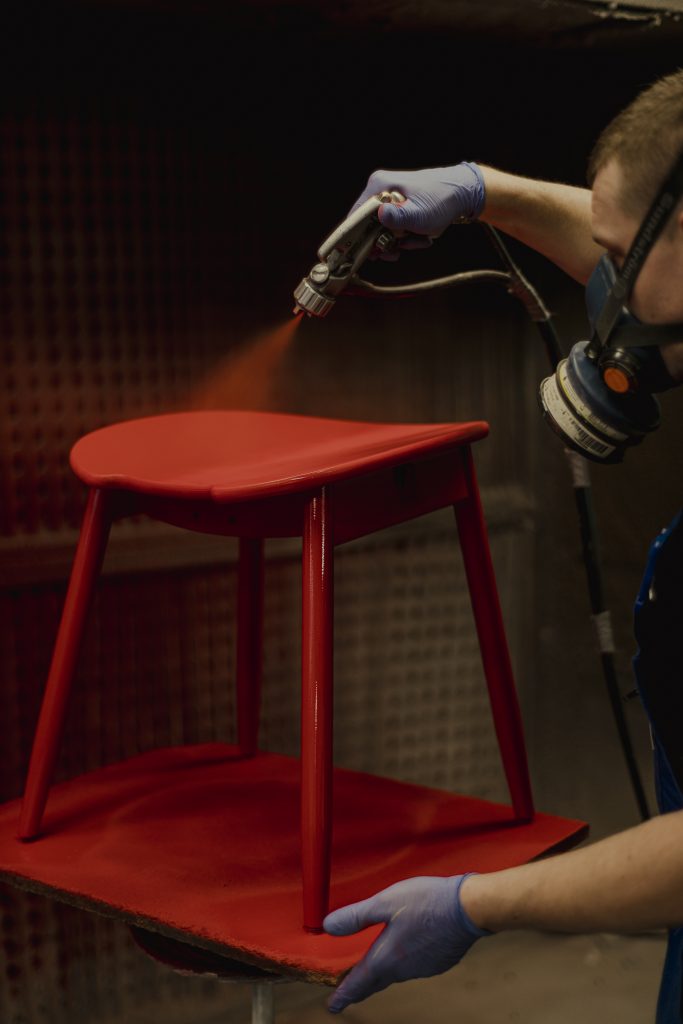
What actions have you taken based on the results, to reduce Massproductions’ carbon footprint?
The first thing we did was to employ an expert in the field. Hanna Nilsson stepped in as our compliance manager two years ago and have really helped us to get on top of things.
Based on the results of the carbon footprint calculations, we have taken several actions to address areas of concern and reduce Massproductions’ carbon footprint. The calculations have confirmed many of our pre-existing suspicions, serving as a valuable starting point for meaningful change.
We’ve identified transportation and packaging as significant contributors to our total emissions. To address this, we have begun working on optimizing our internal transport processes and improving our packaging materials. Additionally, we are actively transitioning to suppliers who utilize energy sources other than coal, thereby reducing our reliance on fossil fuels.
While we have made progress on these fronts, we recognize that there is still much work to be done. We remain committed to our journey toward sustainability and will continue to explore new ways to reduce our environmental impact.
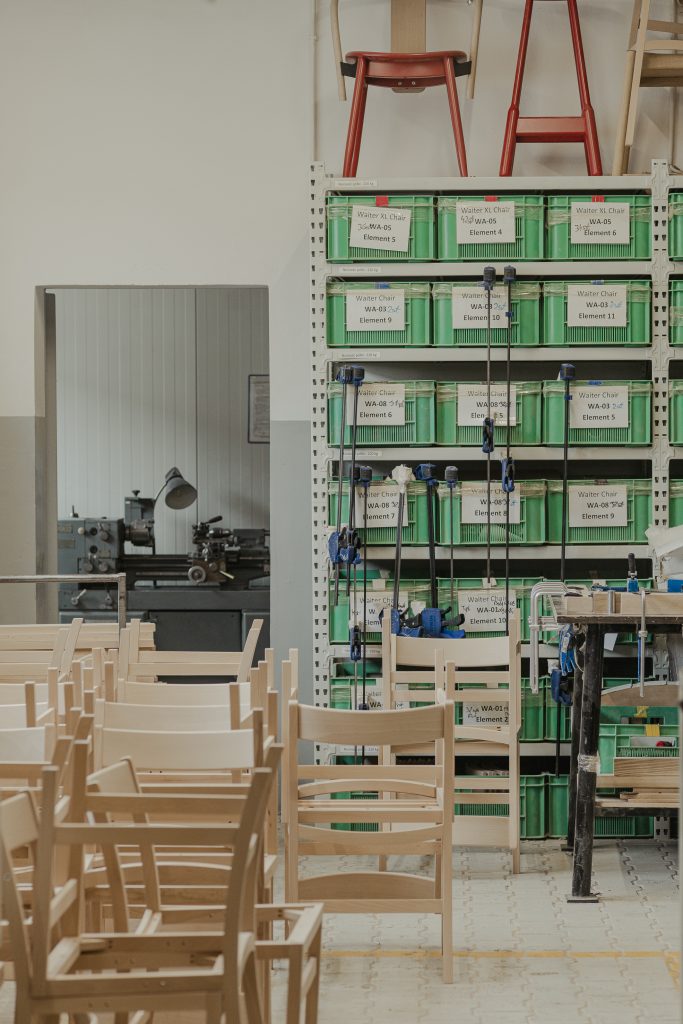
Other sustainability measures that Massproductions take?Massproductions also works with the Swedish furniture certification scheme Massproductions is proud to collaborate with the Swedish furniture certification scheme Möbelfakta, which upholds rigorous standards for environmental sustainability, quality, durability, and social responsibility.
All Massproductions furniture meets Möbelfakta’s strict environmental and social standards. We prioritize sustainability by using water-based lacquers and responsibly sourced wood from managed forests, ensuring both traceability and environmental responsibility.
Furthermore, we offer a diverse range of upholstery materials that adhere to both Ökotex and/or the EU Ecolabel standards, further emphasizing our dedication to environmentally friendly production methods.
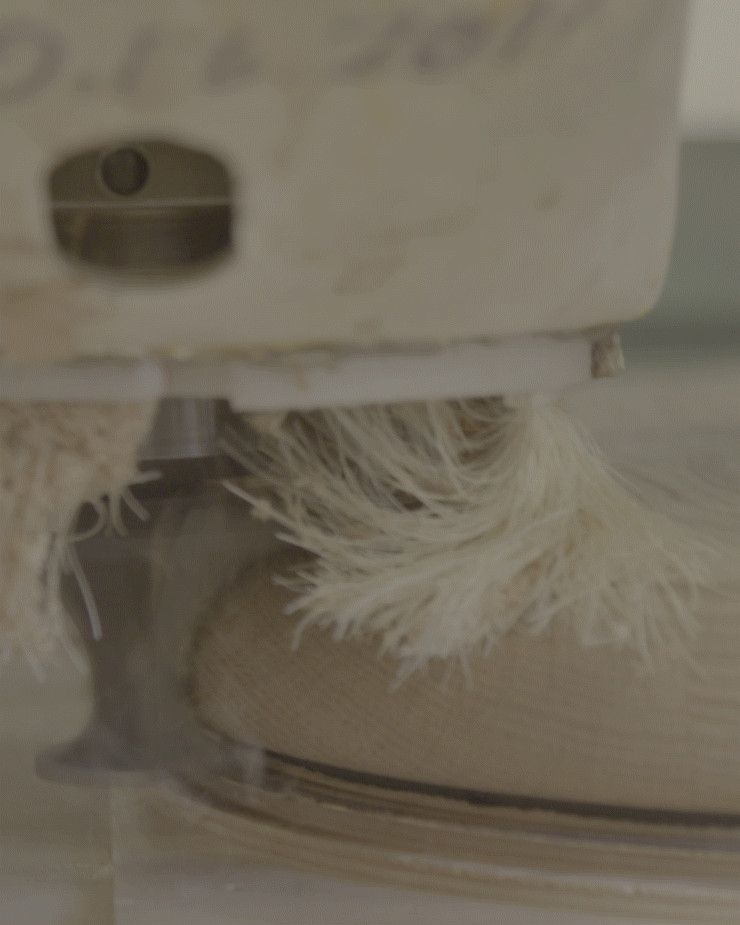
Given that companies often measure emissions differently, is it truly feasible to compare one company’s emissions to another’s? And how do you address this challenge in your sustainability efforts?
It’s good if you compare apples with apples and, as you say, this can sometimes be difficult. Where we do a full LCA others stop their calculation on their loading bay. It would be great if the industry could gather around one way to declare their footprint to avoid confusion. Until then we will stick to the full LCA and hope that others will follow.
How does Massproductions balance sustainability goals with other business objectives such as cost-efficiency and product quality?
We named the company Massproductions because we truly believe in the mass produced item being the best solution for the end user, mother nature’s resources, the environment and for us as a company.
The end user benefits from consistent quality and a more affordable product. The environment benefits from an optimized product in terms of energy usage, waste management etc. The company benefits from the efficiency and the scalability.

